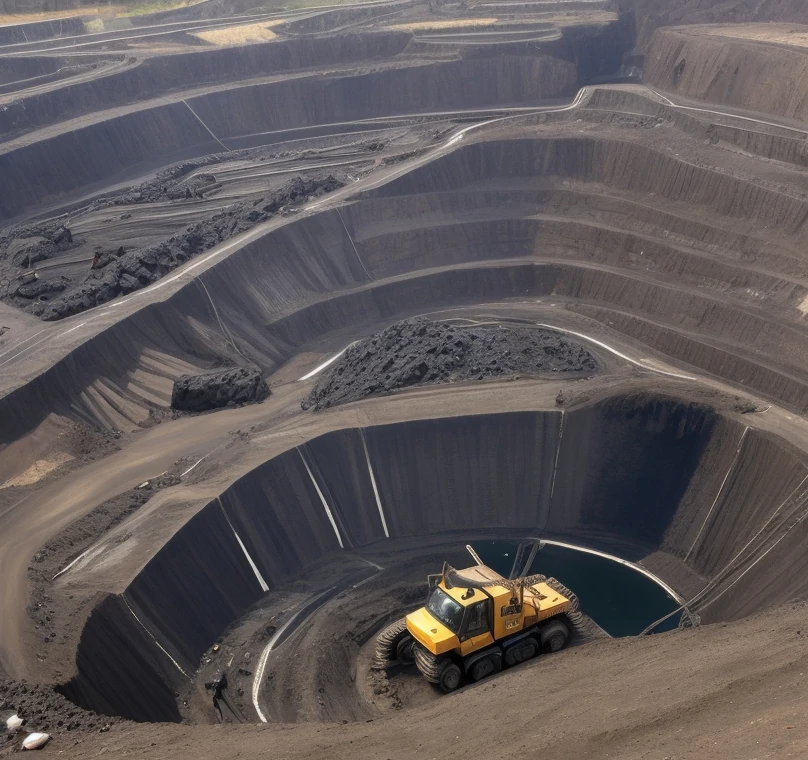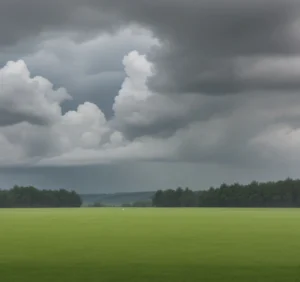If You Still Didn’t Know: The Troubling Realities of Coal Mining
Coal mining, a widely used method of obtaining energy, has long been associated with numerous dangers and problems. The negative impacts it brings to both humans and the environment are well-documented. In this blog post, we shed light on some of the most concerning consequences that are often overlooked.

Health Hazards:
One of the most alarming concerns related to coal mining is the health hazards it poses to miners and nearby residents. The inhalation of coal dust can lead to a severe respiratory illness known as black lung disease. Miners working underground are at the greatest risk, enduring prolonged exposure to harmful particles. Additionally, those living in close proximity to coal mines suffer from higher-than-normal rates of cardiopulmonary disease, hypertension, COPD, and kidney disease, all attributed to the pollutants released during the mining process.
Environmental Impacts:
The destructive nature of coal mining operations extends beyond the health of humans. The process not only alters landscapes but also contributes to significant habitat loss. The consequences of deforestation and soil erosion wreak havoc on ecosystems, affecting both plant and animal life. Moreover, coal mining generates air and water pollution, further adding to the burden on the environment. Let’s not forget the overlooked issue of noise pollution that arises from these operations, impacting the quality of life for nearby communities.
Hazards of Mining and Preparation:
The risks miners face on a daily basis cannot be ignored. Every year, hundreds of coal miners lose their lives or sustain serious injuries due to various mining-related incidents. Major hazards include roof collapses, rock bursts, and fires and explosions. The latter occur when flammable gases, like methane, trapped within the coal, are inadvertently ignited during mining operations.
To make matters worse, the long-term exposure to coal dust takes a toll on miners’ health, leading to severe conditions like black lung. This occupational health concern poses significant challenges and necessitates a reassessment of mining safety practices.
Coal mining’s negative impacts on human health, the environment, and wildlife are not to be taken lightly. We must consider these profound consequences when evaluating energy production and consumption choices. As we navigate towards a sustainable future, it becomes imperative to seek cleaner and safer alternatives to coal mining. By doing so, we can protect both our natural world and the well-being of those who are most affected by this hazardous practice.


3 thoughts on “If You Still Didn’t Know: The Troubling Realities of Coal Mining”
Comments are closed.